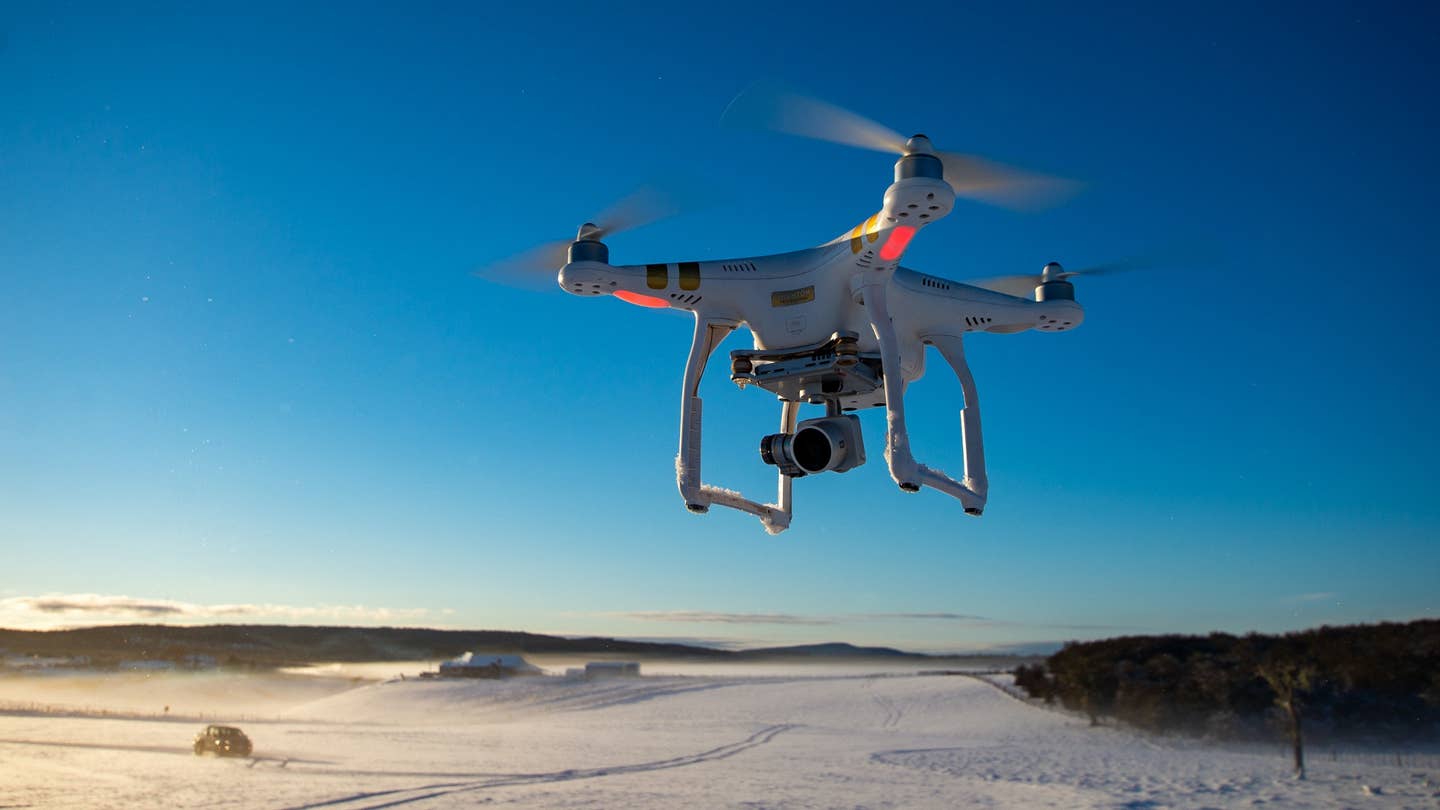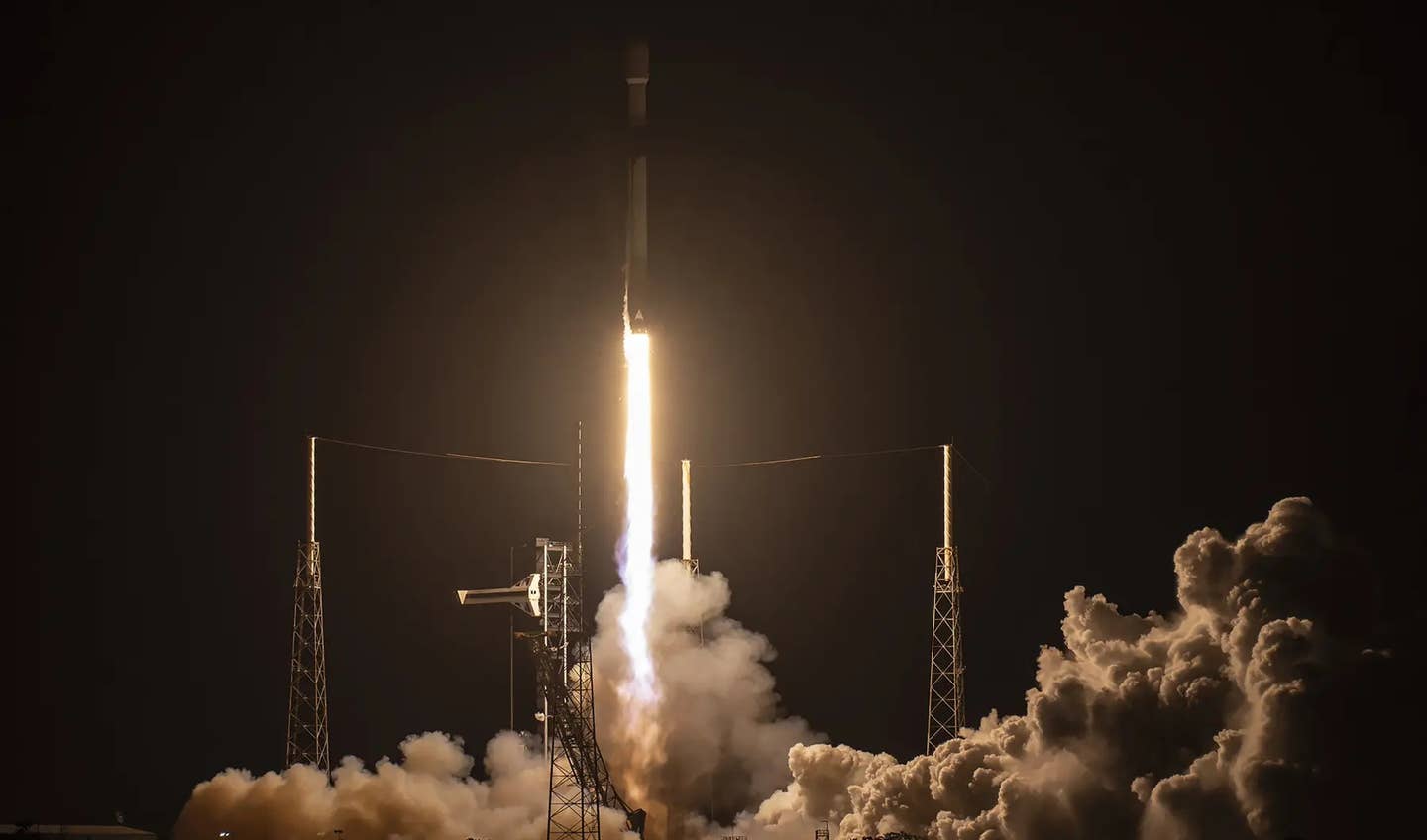China Curbs Drone Exports Amid Escalating Russia-Ukraine, U.S. Trade Tensions
Both military and civilian drones will be affected by the new export controls, which take effect September 1 and will last up to two years.

Chinese-made drones, including DJI’s Phantom (pictured), have reportedly bolstered the Russian war effort in Ukraine. [Courtesy: Emiliano Arano/Pexels]
As Russia and Ukraine continue to trade accusations of drone strikes on critical infrastructure, a third party to the ongoing conflict intends to remove its drones from the battlefield.
Several Chinese government agencies on Monday announced the imposition of new restrictions on exports of both military and civilian drones used for “non-peaceful purposes.” While the new controls did not explicitly address the Russia-Ukraine conflict, they could reduce China’s support of the Russian offensive and quell international concerns around its involvement in the war.
“China’s modest expansion of the scope of drone control this time is an important measure to demonstrate its commitment as a responsible major country to implement global security initiatives and maintain world peace,” the country’s Ministry of Commerce said in a statement.
China also expressed concern about drones that have been converted for military use, including some that are refurbished and re-exported to Russia by way of a third country.
“The risk of some high specification and high-performance civilian unmanned aerial vehicles being converted to military use is constantly increasing,” the Ministry of Commerce said.
Many exports will still be allowed. But drones with certain features will face export controls extending far beyond Russia when the restrictions take effect September 1. They are expected to be lifted after two years.
What the Controls Cover
Specifically, China will restrict exports of drones that can fly beyond the view of the operator, remain airborne for more than 30 minutes, carry more than 7 kilograms (about 15 pounds), or throw objects using attachments. These restrictions apply to military as well as consumer-grade drones.
The controls also cover certain radio equipment and hyperspectral, multispectral, and precision infrared cameras the drones may carry. Further, drone manufacturers will need government permission to export products with certain engines, lasers, imaging capabilities, communications and radio gear, and even anti-drone systems.
Exporters will need to provide the Chinese government with evidence of the drone’s end user and ultimate activities. And manufacturers will have the responsibility of assessing whether their products have the potential to be used for the “proliferation of weapons of mass destruction, terrorist activities, or military purposes.”
Notably, civilian drones not included in the new controls will not be allowed to be exported for military purposes. That means, for example, that China will not be able to ship publicly available DJI drones to Russia for surveillance purposes.
The new controls expand China’s existing export restrictions on drones, issued in 2015. The previous rule, for example, banned exports of drones that could fly as long as an hour, a restriction that will now be cut in half. According to the Ministry of Commerce, China has implemented such restrictions for roughly two decades.
The ministry also noted that some companies have independently halted operations in Russia and Ukraine. DJI, for instance, pulled out of both countries in April 2022. In a statement, DJI said it has never designed or marketed equipment for military use and added it would “actively cooperate” with the restrictions.
The Chinese government has repeatedly declared its neutrality in the ongoing conflict, though Beijing continues to remain friendly with Moscow. Shortly before Russia’s invasion of Ukraine, the countries announced a “no-limits partnership,” and China has blocked efforts to censure Moscow in United Nations proceedings, among other shows of support.
DJI has also been accused by a German retailer of leaking data on Ukrainian military positions to Russia, a claim it rejected as “utterly false.”
President Joe Biden has warned Chinese President Xi Jinping of unspecified consequences for supporting the Russian war effort. But that has not appeared to drive a wedge between the two.
Last week, a U.S. intelligence report citing Russian customs data and other publicly available data said that Chinese equipment is increasingly fueling the Russian offensive. Data showed that China state-owned military contractors supplied $12 million in drones and drone parts to Russia as of March. China refuted the report and has previously criticized claims of its support for Russia as “deliberate smears.”
However, Russian use of Chinese drones—including DJI products—during the war has been well-documented. The Ukrainian side has reportedly used them as well.
The Role of U.S.-China Tensions
It’s possible China’s new drone export restrictions are an attempt to smooth things over with the U.S. amid rising tensions.
The U.S. last year sanctioned Chinese drone companies, preventing them from buying advanced chips and chip-making equipment without a license. China fired back last month, placing controls on two materials crucial to the production of semiconductors.
But the U.S. has been particularly aggressive in restricting Chinese drones.
China is the world’s leading supplier of the technology, and DJI reportedly owns more than half of the American drone market share. The company’s products are particularly popular among U.S. public safety agencies. Some estimates place DJI’s share of the market for U.S. public safety drones as high as 90 percent.
However, concerns that the drones are spying on American citizens and critical infrastructure have materialized in a series of sweeping bans at the federal and state levels.
In 2018, the Department of Defense banned the purchase of all commercial off-the-shelf drones. The following year, it restricted the purchase and use of drones and components made specifically in China, and it added the company to a formal DOD blacklist last fall.
Both the Commerce and Treasury departments have also limited the use of Chinese drones. The former added DJI and other manufacturers to its entity list in 2020, barring U.S. companies from selling them components. The latter, meanwhile, placed DJI and others on its investment blacklist in 2021. Both measures came in response to alleged human rights abuses involving the use of drones to surveil Uyghur Muslims in China.
In addition, Florida, Arkansas, Mississippi, and Tennessee have all introduced bans on the use of Chinese drones by public agencies, including law enforcement. And in April, House Republicans introduced a bill called the Countering CCP Drones Act that would effectively ban all consumer, enterprise, and military sales of DJI products.
The new restrictions in China could further hamper DJI and other Chinese manufacturers. To comply with the new controls, some companies may need to modify or fully remove certain features, such as high-powered sensors and cameras.
Although the restrictions are designed to reduce the possibility of DJI products finding their way onto the battlefield, U.S. law enforcement agencies have mixed feelings. Many worry about the impact of removing the drones from their fleets without immediate replacements, while others claim the cost and performance of Chinese models are far superior to approved alternatives.
Like this story? We think you'll also like the Future of FLYING newsletter sent every Thursday afternoon. Sign up now.

Sign-up for newsletters & special offers!
Get the latest FLYING stories & special offers delivered directly to your inbox






